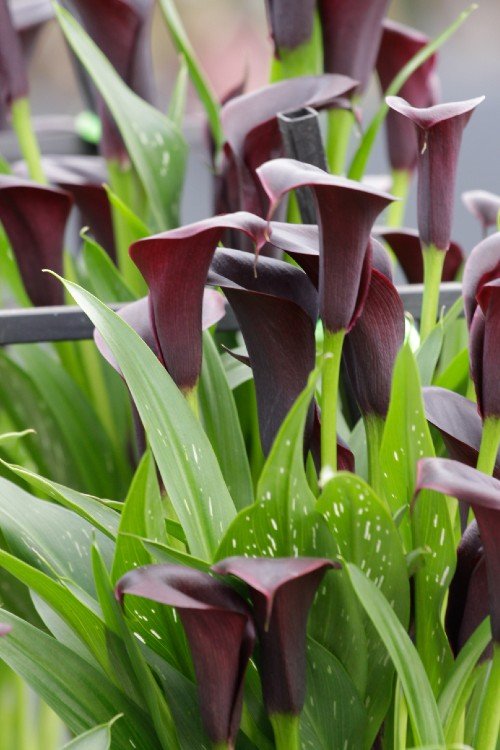
Schwarzwalder
895
$8.95
Unit price perAbout Schwarzwalder
Introducing the Calla Schwarzwalder: add a touch of elegance to your garden with this stunning black maroon Calla Lily. This beauty makes an impressive display when planted in a large pot.
- Unique black color adds a dramatic touch to any garden
- Large, trumpet-shaped flowers bloom in late spring and early summer
- Easy to care for and maintain
- Perfect for planting in pots or in the ground
- Has interesting speckled, wavy foliage
How to care for Schwarzwalder
- Plant Calla Schwarzwalder in well-draining soil in a location that receives partial to full shade.
- Dig a hole large enough to accommodate the roots of the bulb, and set the bulb in the hole with the pointed end facing up.
- Cover the bulb with soil and water thoroughly.
- Water Calla Schwarzwalder regularly to keep the soil consistently moist but not waterlogged.
- Fertilize with a balanced fertilizer once a month during the growing season.
- After the flowers have faded, cut back the foliage to the ground but leave the bulbs in the ground.
FAQs

